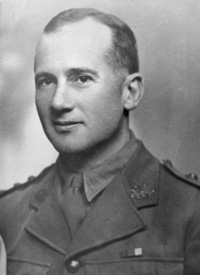- Peter R C Wakeford
- Douglas J Harbison
Correspondence:
Online responses are no longer available. Please refer to our instructions for authors page for more information.





